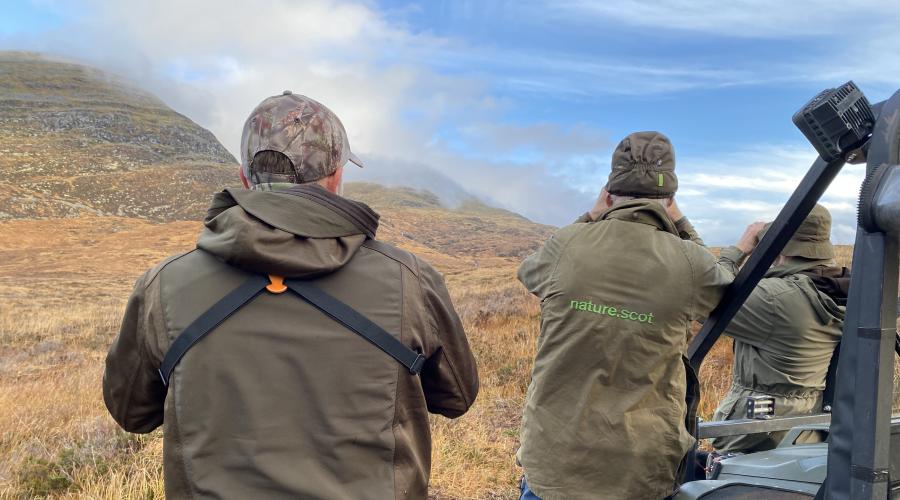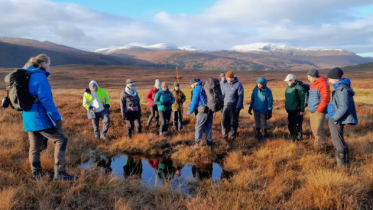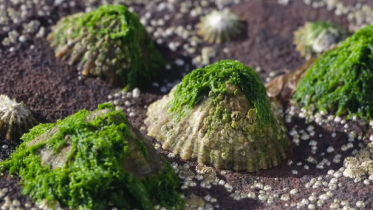
Managing Scotland's wild deer
Deer management is an essential part of life in Scotland. It helps safeguard landscapes and nature, benefits deer welfare and public safety and provides economic opportunities for the people of Scotland.
Both native and non-native wild deer are important natural assets for Scotland. They bring many positive benefits and are an important contributor to the rural economy.
But as well as their benefits, deer can adversely affect plants, trees and other wildlife. Without natural predators, deer have become more widespread and their populations have increased. Controlling deer is a part of the wider management of Scotland’s countryside and they are managed for a variety of reasons and in a variety of ways.
We provide guidance on deer management for all land owners and managers and offer information to drivers on deer vehicle collisions. This protects public safety and helps to safeguard deer welfare.
Framework for deer management
NatureScot has a statutory responsibility to further the conservation, control and sustainable management of all wild deer species in Scotland. We collaborate with a range of partners, including:
We also collect and maintain data relating to deer management in Scotland and support the development and promotion of Wild Deer Best Practice Guidance.
Landowners in Scotland have a general duty of care for the natural resources on their land. They must comply with relevant legislation and should follow the Code of Practice on Deer Management. The Code of Practice on Deer Management sets out how to deliver sustainable deer management. Although not statutory, it applies to all who manage wild deer, or who own or manage land where wild deer roam. But exactly how individuals and organisations manage the deer on their land depends on what they wish to achieve.
NatureScot ensures that the various deer management methods used in Scotland meet these requirements and do not unnecessarily compromise the welfare of deer.




